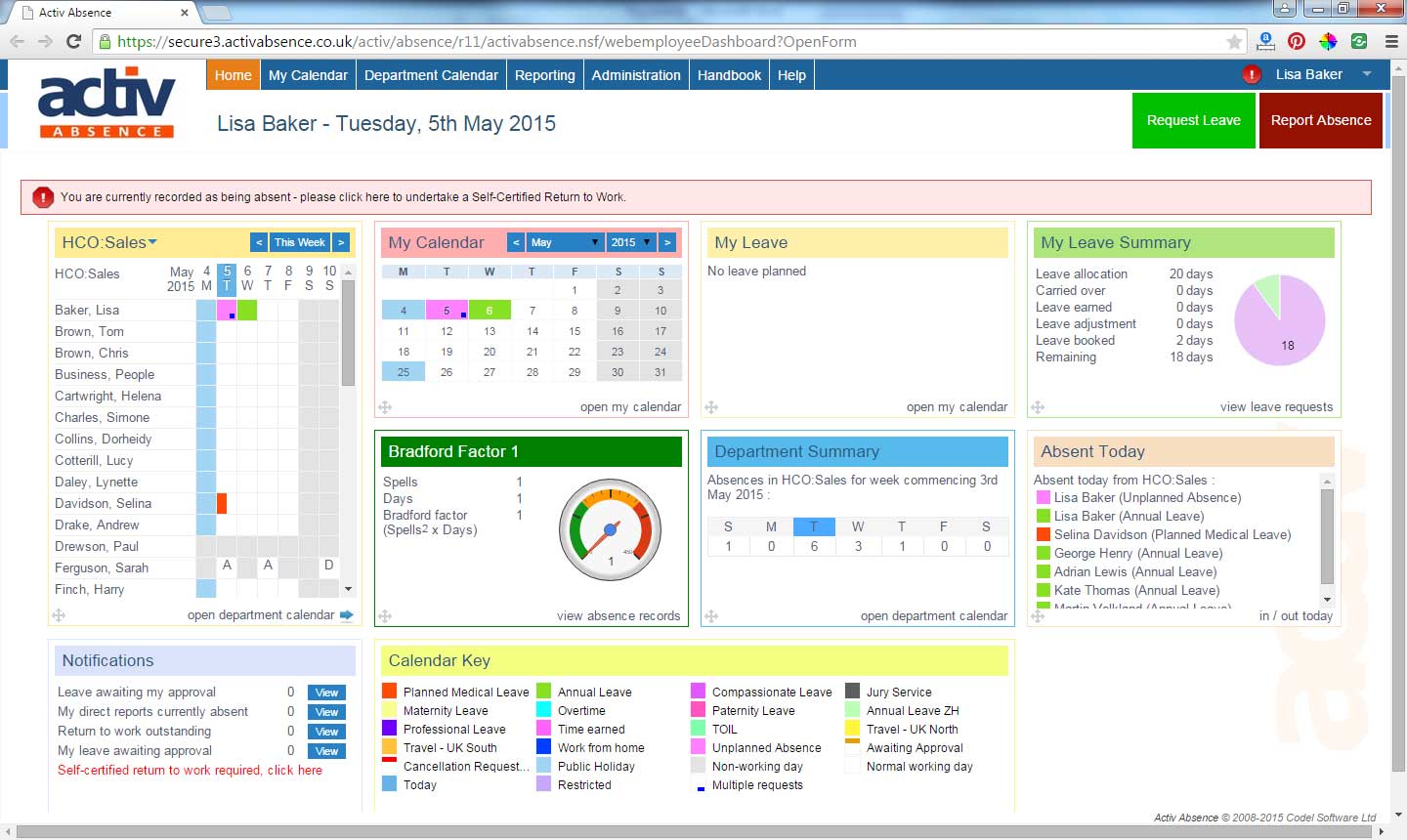

See the program's list of required documents for submission details.Check your program requirements to find out which documents and forms you will need to prepare.Rather, it merely requires the adjudicator to move on to the next step of the process and apply other rules in order to resolve the issue of disability.Apply as a regular student if you wish to gain admission to a program leading to a graduate-level certificate or diploma, a master’s or a doctoral degree. However, the absence of a listing-level impairment does not mean the individual is not disabled. At that step, the presence of an impairment that meets the criteria in the Listing of Impairments (or that is of equal severity) is usually sufficient to establish that an individual who is not working is disabled. The criteria in the Listing of Impairments apply only to one step of the multi-step sequential evaluation process. If the medical criteria in part B do not apply, then the medical criteria in part A will be used. In evaluating disability for child under age 18, part B will be used first. Additional criteria are included in Part B, and the impairment categories are, to the extent possible, numbered to maintain a relationship with their counterparts in Part A. Certain criteria in Part A do not give appropriate consideration to the particular effects of the disease processes in childhood that is, when the disease process is generally found only in children or when the disease process differs in its effect on children and adults. Part B of the Listing of Impairments contains additional medical criteria that apply only to the evaluation of impairments of persons under age 18. The medical criteria in Part A may also be applied in evaluating impairments in children under age 18 if the disease processes have a similar effect on adults and younger children. Part A of the Listing of Impairments contains medical criteria that apply to the evaluation of impairments in adults age 18 and over. The criteria in the Listing of Impairments are applicable to evaluation of claims for disability benefits under the Social Security disability insurance program or payments under the SSI program.


For all other listings, the evidence must show that the impairment has lasted or is expected to last for a continuous period of at least 12 months. Most of the listed impairments are permanent or expected to result in death, or the listing includes a specific statement of duration. The Listing of Impairments describes, for each major body system, impairments considered severe enough to prevent an individual from doing any gainful activity (or in the case of children under age 18 applying for SSI, severe enough to cause marked and severe functional limitations). Revisions to Rules Regarding the Evaluation of Medical Evidence Disability Evaluation Under Social Security


 0 kommentar(er)
0 kommentar(er)
